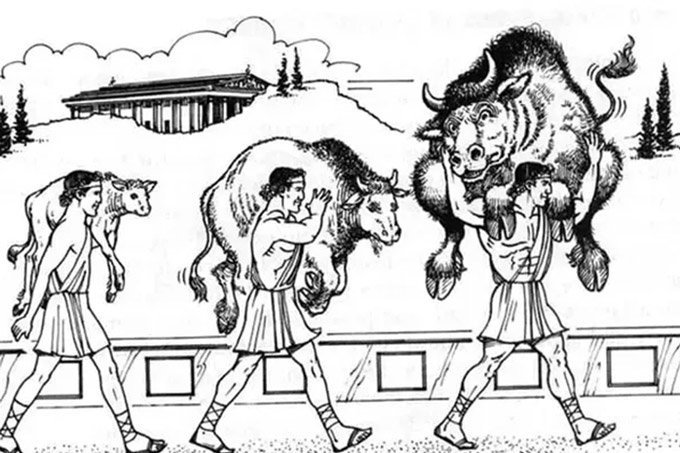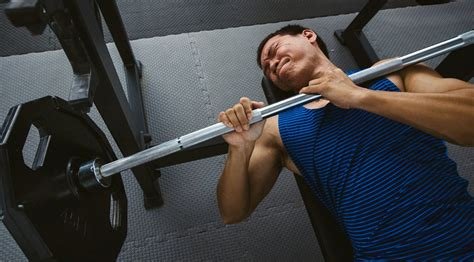How To Have A Good Workout- 4 Tips
Going to the gym is an time investment in improving your body, make sure you get the best return from your investment. Here are 4 simple tips on optimising your gym sessions-
1, Progressive Overload
If you want to change how your body looks you have to give it a reason to. Adaptions to training are simply a response by your body to being exposed to a ‘stress’ and then adjusting structurally (muscles, tendons, ligaments, bones), neurologically and chemically (energy systems) to better be able to handle this stress the next time.
Over time it’s essential to gradually push forwards to get stronger. If you are lifting the same weights that you did 3 years ago you’ll likely look the same.
On this theme it’s also important to stick to a particular set of exercises for some time in order to give yourself time to improve. Changing your programme too frequently doesn’t allow this to happen.
Generally I’d recommend to stick to a particular programme for at least 6-8 weeks. For more advanced lifters with several years of lifting experience sticking to the same exercises but adjusting the sets, reps & tempo after 2- 4 weeks can be sometimes be a strategy to promote continued progress.
2, Good form, good form Dammit!
What good is a gym programme if you find yourself injured several times a year? Progress takes time and injuries can set you back weeks and even months. Unfortunately we loose gains we make in the gym faser than we create them.
Exercises have been created in mind to work a muscle through a full range of motion in order to maximise the adaptive response. For the majority of people using a full range of motion is your best strategy for safe & effective training.
Using a partial range of motion can be useful for certain specific situations such as in Powerlifting & Strongman or if your sport has a particular demand to be strong in a narrow range of motion. Specialisation training to help get through sticking points.
However for most of the gym population its doing nothing more than stoking your ego and possibly increasing your risk of injury.
An additional benefit to using a full range of motion is the exercise is in itself a ‘loaded stretch’ so over time using a full range of motion can help to ‘unstick’ some areas that might otherwise feel tight.
https://www.ncbi.nlm.nih.gov/pubmed/23629583/
3, Emphasise Compound Movements First
Exercises such as the Squats, Deadlifts, Lunges, Chin/Pull-Up’s, Dips, Presses and Rows should be your bread & butter movements you spend the most time on when exercising. These types of exercises active the maximal amount of muscles.
Focusing your energy progressing from shoulder pressing overhead 30KG’s to 50KG’s is going to do much more for your shoulder development then performing 3 sets each of a front raises, side raises and rear deltoid raises with a 4kg’s weight.
Similarly improving on being able to perform 3 Chin-up’s & Dips to being able to do 9 is going to do way more for your arm development than performing 8 different exercises for your biceps and triceps.
No don’t get me wrong there’s nothing wrong with adding some supplementary direct arm, shoulder or glute work but only after doing the basics compound lifts first.
4, Set A Time Limit
Following on the previous recommendation you should set a time limit to the amount of time you spend on any given training session.
45-60 minutes maximum per session 3-4 x per week is optimal for most people. Whilst gym sessions can be longer some some spots specific purposes, I.E. when training some involving a lot technique like olympic lifting or requiring longer rest periods for maximum strength training & powerlifting this isn’t appropriate for most people.
I recommend to set strict rest intervals between your exercises and use either something like an old digital Casio watch or a dedicated timer so that you avoid the temptation of getting distracted by your phone. I am of the belief that Tinder has done much to ruin peoples gains over the years!
Get in, primarily focus on progressing on the big compound movements first and then leave. It’s a spiral diminishing returns to spend any more time than this.
Ultimately the gym should be a tool to help enhance your experience of life outside of the gym and should not be the sole focus of your spare time.



